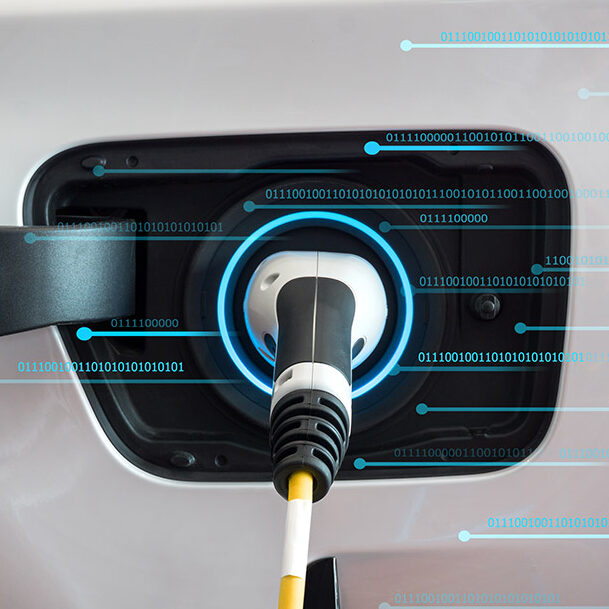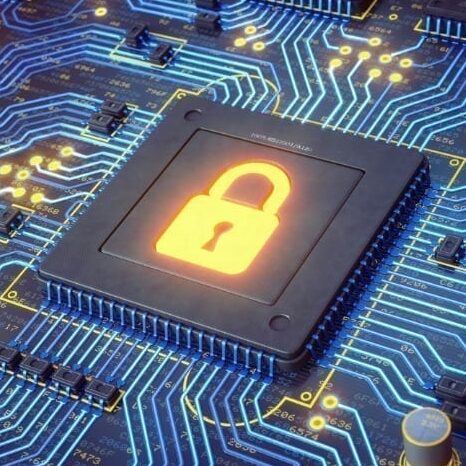3 EV Charging Challenges with Poor Connectivity
By Neil Bosworth
May 21, 2024
Estimated reading time: 4 minutes
By 2030, there will be around eight million electric vehicle (EV) public charging points in the U.S. and the EU. To reach this goal, EV charging stations must stay connected without interrupting service.
However, many challenges are disrupting their deployment. Most of these challenges point to one driver: poor connectivity.
A study by the Electrification Institute found that 55% of failed EV charging station sessions were caused by poor connectivity. EV charging networks largely serve customers en route to another destination. Availability and timing are everything.
Here are three key EV charging challenges providers face with poor connectivity and reliable solutions to consider.
The three key challenges are:
Each minute connectivity falters or when an outage stops the service, revenues are lost. Two common barriers affect time and money:

Every minute counts. If the connection wavers or transactions are not seamless, consumers will drive to the next charge point.
Finding a charger that doesn’t work is terrible for a driver. This is especially true when their vehicle is too low on charge to get to the next closest working charger. Poor customer experience damages brand value and diminishes revenues while slowing EV adoption at an industry level.
In addition to unreliable connectivity, rising electricity costs in the EU and U.S. are making electric vehicles more expensive. Import costs, fees and taxation on EVs are also causing prices to go up — specifically in countries like Israel.
The EV charging industry needs a reliable connectivity solution built for the Internet of Things (IoT). This solution must reduce failures and ensure optimal customer experience amid price hikes. IoT solutions offer a wider quality of service range than consumer solutions because IoT allows real-time data.
IoT connectivity and hardware set for dependable EV charging performance enable charge point stations to communicate reliably with acceptable latency levels. They can also respond to unexpected events in real time.
When connectivity results in downtime, charging providers must send technicians on-site. They troubleshoot the network signal and fix the issues.

The NExT™ network, powered by Telit Cinterion, is a cloud-native, mobile core network. It offers IoT connectivity features with remote access through a software stack. This redundant multiple International Mobile Subscriber Identity (multi-IMSI) core network enables many critical remediation tasks. It allows EV charging stations to remain operational despite, for example, local MNO outages.
In addition, we have IoT modules that feature OneEdge™, powered by Telit Cinterion. They enable remote logging and monitoring of real-time modem parameters over the network.
Remote troubleshooting takes hours instead of days. In many cases, it eliminates on-site service. This capability reduces downtime and potentially millions in revenue lost from operational costs and losing customers.
The EV charging industry faces exponential growth. EVSPs must deploy and scale their offerings while providing a stellar charging experience. Scalability is challenging because of the EV charging ecosystem’s complexity.
In addition to the driver, the EV charging ecosystem includes:
EVSPs face multiple obstacles, from collecting data to planning for energy needs.
A significant challenge is managing network providers while supporting connectivity technology. It’s important to avoid being stuck with one technology and be able to work with different networks when necessary.
For instance, imagine a CPO selected a major MNO in the U.S. However, a certain area suddenly has poor coverage from that network coverage infrastructure.
With NExTPlus™, powered by Telit Cinterion, the CPO can scan and download the MNO profile with the best price, coverage and technologies during installation. NExTPlus can also support multiple profiles on one SIM, including multi-IMSI roaming profiles. This capability permits CPOs to insert connectivity in the factory or the field, making their deployment seamless and scalable.
NExTPlus supports all form factors, including eSIM, which enables remote SIM provisioning capabilities. CPO operations managers can switch carriers or technologies without the hassle of manually swapping SIMs on-site.
NExTPlus gives CPOs visibility and control of the entire EV ecosystem. It empowers them to deploy and scale while simplifying operations and keeping costs in check.

EV chargers connect to the grid, making them easy targets for hackers due to their link to critical infrastructure. Therefore, they require robust end-to-end monitoring and management.
Security goes beyond installing and onboarding charging devices and networks. Threats must be identified and isolated throughout the EV charger’s life cycle.
The risks are threefold. Vulnerabilities exist in:
Older EV charging stations or those using off-the-shelf products may not have the latest vulnerability patches or security enhancements. Not having these updates gives backdoor access to hackers.
For example, a hacker can gain unauthorized use of the charger without paying. They can also access credit card transaction data. It’s crucial for EV charging providers to have industrial-grade enhanced security to prevent cyberattacks.
Enhanced security includes operations like:
These are available in our LN920 LTE-Advanced M.2 data card series. It is based on the latest Linux kernel version 5.4 and runs Security-Enhanced Linux (SELinux).
EV charge points and networks must have reliable, secure connections to be successful. Off-the-shelf IoT or consumer-grade connectivity options only deliver basic solutions. These products are not designed for flexibility and can’t help EV charge points achieve 100% connectivity.
EVSPs must choose solutions with reliable and proven performance. Moreover, they need a trusted provider, like Telit Cinterion, that understands the hardware and network. Telit Cinterion can combine connectivity with industrial-grade modules designed to fit EV charging rather than off-the-shelf products.
NExT IoT connectivity and our IoT Connectivity Portal help you overcome connectivity challenges with deployments of any size. These solutions empower you to navigate the evolving global network connectivity landscape proactively. With over 30 years of IoT expertise, we can help you deploy and scale your EV charging ecosystem.
Speak with an IoT connectivity expert to start your EV charging journey.
Editor’s Note: This blog was originally published on 29 November 2022 and has since been updated.